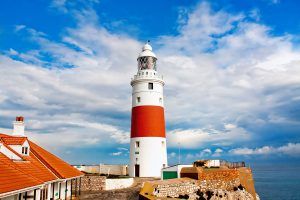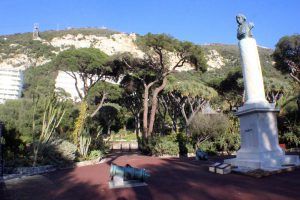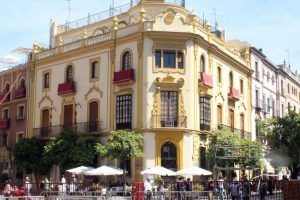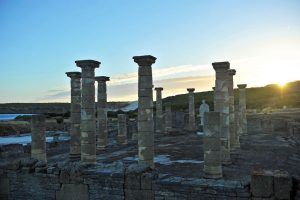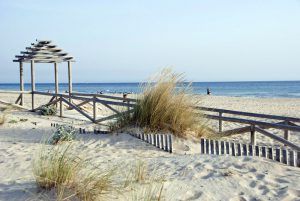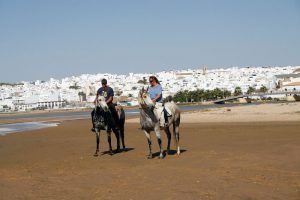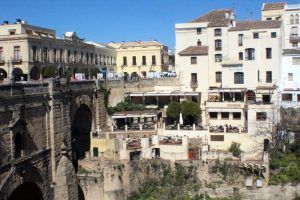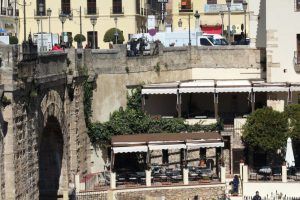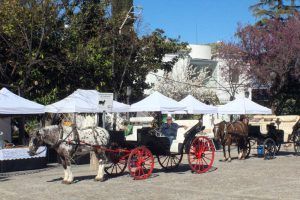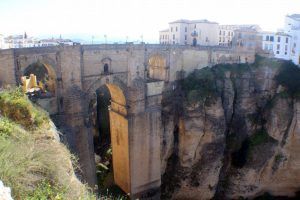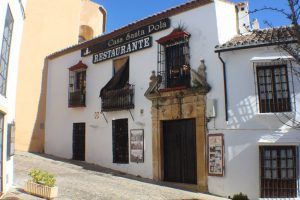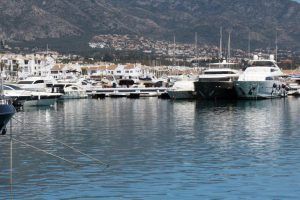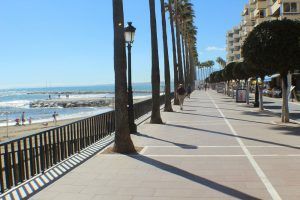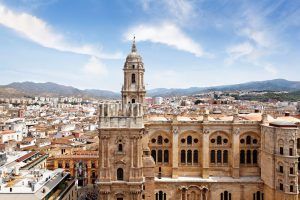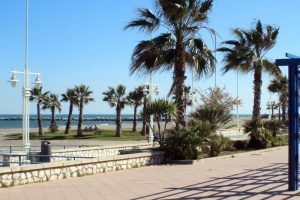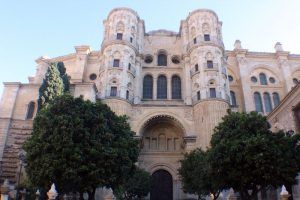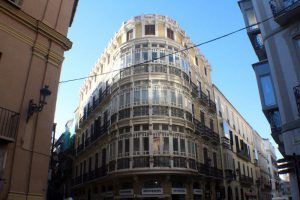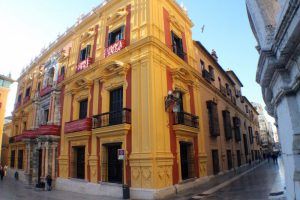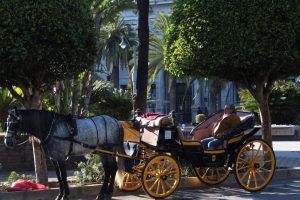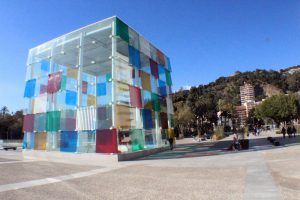Culture and city trips
Culture and city trips
Andalusia has beautiful historic cities. During during the Middle Ages Andalusia was hard-fought over by Christians and islamized, African Berbers, called the Moors. The mosques which have be converted several times from mosques to church and vice versa tell us about this epoch.
Andalusian cities are well suitable for visits of cafés and bars. The cities. You may also visit a city as intermediate stop on your way to nature destinations.
Gibraltar - Culture and city trips
Gibraltar is the southern most tip of the Iberian peninsula and a oversees territory of the United Kingdom since it was conquered in 1704. The official language is therefore English. However, many inhabitants speak Spanish. Still today, Gibraltar is of high economic and military importance. Therefore an airport and a naval base is located in this rather small area.
Despite its importance, Gibraltar kept the character of a small town. In town you will find restaurants of different levels. As excursion destination we recommend hiking to nearby mountainous forest areas or a visit to the museum.
For sightseeing we recommend the apes on the Rock of Gibraltar. No where else in Europe you will find apes living in the wild. From there you can even spot Morocco in Africa in good visibility. The “Europe Point” is the most southern part of Gibraltar. It has a light house and a mosque.
Sevilla - Culture and city trips
Sevillia is the capital of Andalusia. With its 700,000 inhabitants it is also the fourth largest city in Spain. Though the city runs the river of Guadalquivir. You will not require a car, as all sights are in walking distance. If you are romantic, you can even discover Sevilla by horse-drawn carriage.
The cathedral of Sevilla was built in the 15th century, It is known to be the third largest church in the world, right after the Peter’s Basilica in Rome and St. Paul’s in London. Sevilla offers several historical buildings with historical paintings, pillars and sculptures.
Sevilla is a good place for shopping, as it has many international labels. The numerous little lanes of Sevillia, off from the tourist bustle, you will encounter local Hispanics and cosy authentic bars, which are often times frequented until sunrise.
Tarifa - Culture and city trips
Tarifa is the southern most city of the European mainland directly at the “the Straits of Gibraltar”, which is the strait between Europe and Africa. Besides Tourists, many migratory birds visit Tarifa. Due to the closeness to the Mediterranean Sea and the Atlantic Ocean at the 14 km wide strait, you will find an unique eco system, which includes regular sights of whales and dolphins.
Every day, ferries leave for the destination of Tanger on the African continent.
Sights worth seeing are in Tarifa e.g. The Castillo de Guzmán Castle at the port, several temples and churches. At the coast of Tarifa, Wind- and Kite-surfer are everyday sight. Tarifa is known to be one of the surfer capitals of the world.
Conil de la Frontera - Culture and city trips
The origin of the “white city” Conil de la Frontera reach back to the 1.500 AC. Conil used to be a traditional fisher town, which gained touristic importance during the past years. The original character of the fisher’s town was preserved, as all hotels were build north of town, away from the coast line.
Magnificent beaches and the rock bays of Roche can be found in the direct vicinity. Many of the small bays can be accessed via a small staircase of stone. The lighthouse offers a view until the mountain regions of Africa.
Ronda - Culture and city trips
The small city of Ronda is one of the so called white villages of Andalusia, which is situated 723 m above sea level in the mountain regions of „Serranía de Ronda“. Its 36,000 inhabitants make Ronda one of the larger towns of Andalusia.
Ronda’s old town is well known for its extraordinary position on a steep rock plateau. A steep ravine separates the old town from younger parts of Ronda. Impressive bridges connect them. Arabic influences can be found in the moorish buildings.
Those who don’t have vertigo, can sit and enjoy the view on the verandas of the bars and restaurants located directly at the 100 m deep canyon.
The moorish buildings have been destroyed after the conquest of the catholic Spanish. The Arabic baths, the old bridge and some palaces are still intact.
In some buildings the moorish architecture meets attributes of the gothic period as well as and of the renaissance.
Marbella - Culture and city trips
Marbella is a popular beach resort which lives on Tourism.
Marbella is popular even among local inhabitants and it is known to be the city with the highest quality of life in Andalusia.
The old town is more commercialized than the old towns of other cities, but it still is worthwhile seeing. Popular sights are the yacht port Puerto Banus and the long seafront promenade.
In Marbella aquatics is the activity of choice during the summer months. Those who prefer to stay at land, can improve their handicap on one of the 30 golf course.
Due to Marbella’s size and its roughly 139,000 inhabitants the city has many shops and a lively night-life, which is the reason for its popularity. Throughout the entire city you will find discotheques, of which some do not open before 1:00 in the morning.
Málaga - Culture and city trips
Málaga is located at the western Mediterranean and it is surrounded by mountains. The weather in Málaga during the winter season is known to be unstable, but warmer than every other part of Europe. The temperature is usually not below freezing point. During summer, there are longer periods without rain.
One of the largest air ports in Spain and a commercial harbour make Málaga an important traffic hub.
Founded as early as in the 8th century, Málaga looks back onto a long tradition, with traces of different cultures: moorish, roman, catholic and arabic.
The Castillo de Gibralfaro (Gibralfaro Fortress), which is situated on a mountain, was build during the 14th century with the aim to offer protection to the older fortress La Alcazaba. The newest defence techniques of these times were applied, like forward towers, defence walls and zigzag lines.
Further touristic highlights are the roman theatre and the bullfighting arena.
Those who like to go shopping, will enjoy Málaga. Besides family run traditional shops, also increasingly large shopping centres have opened in Málaga during the past few years.
Those who prefer traditional markets should definitely visit the market hall Mercado central de Málaga – Mercado Municipal de Atarazanas. Many local products are sold here.









